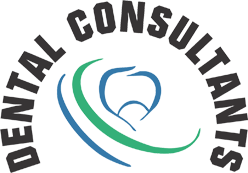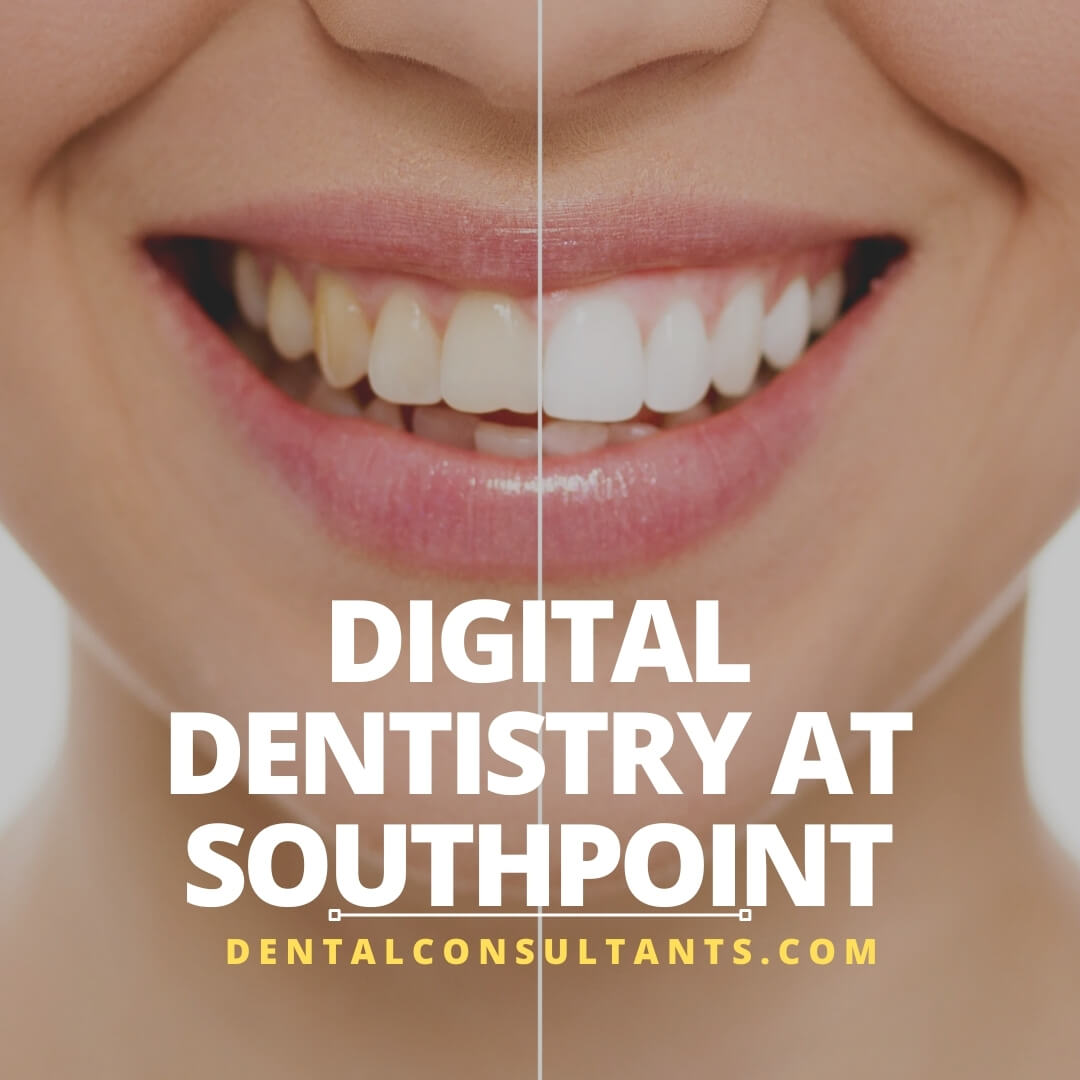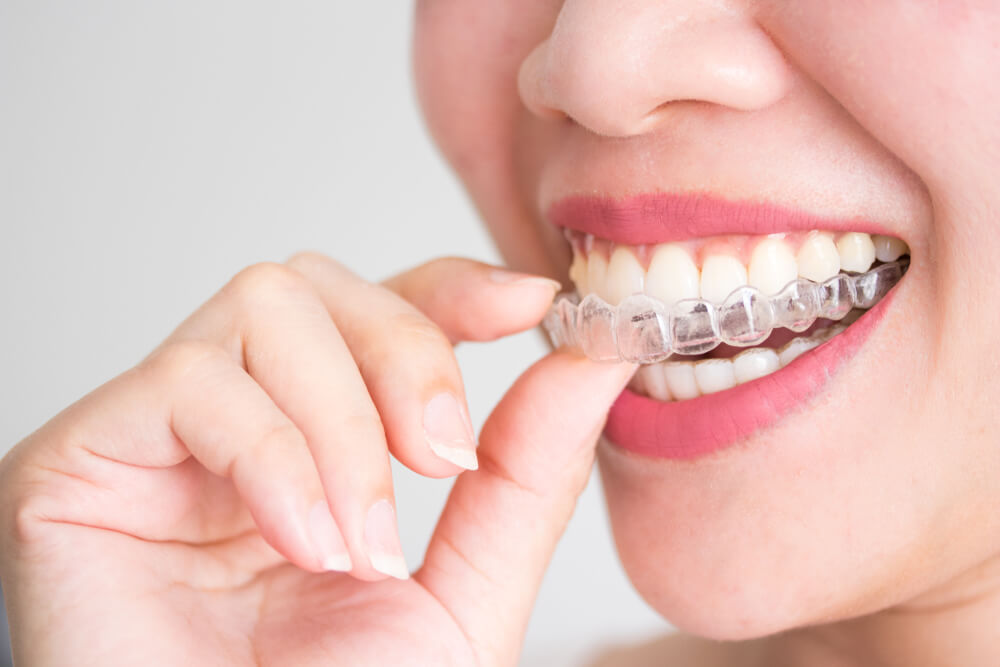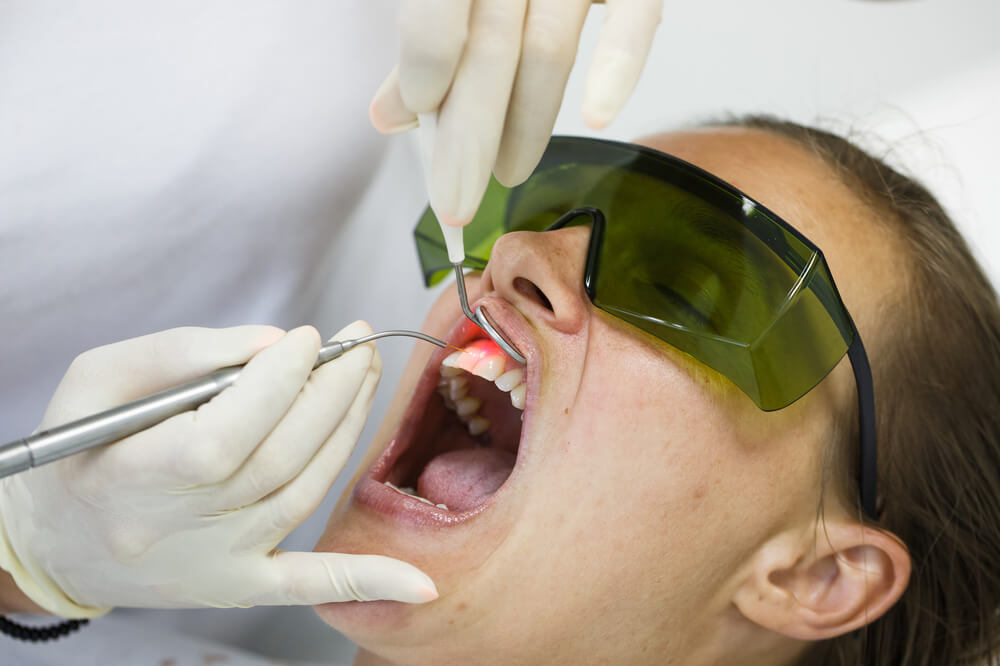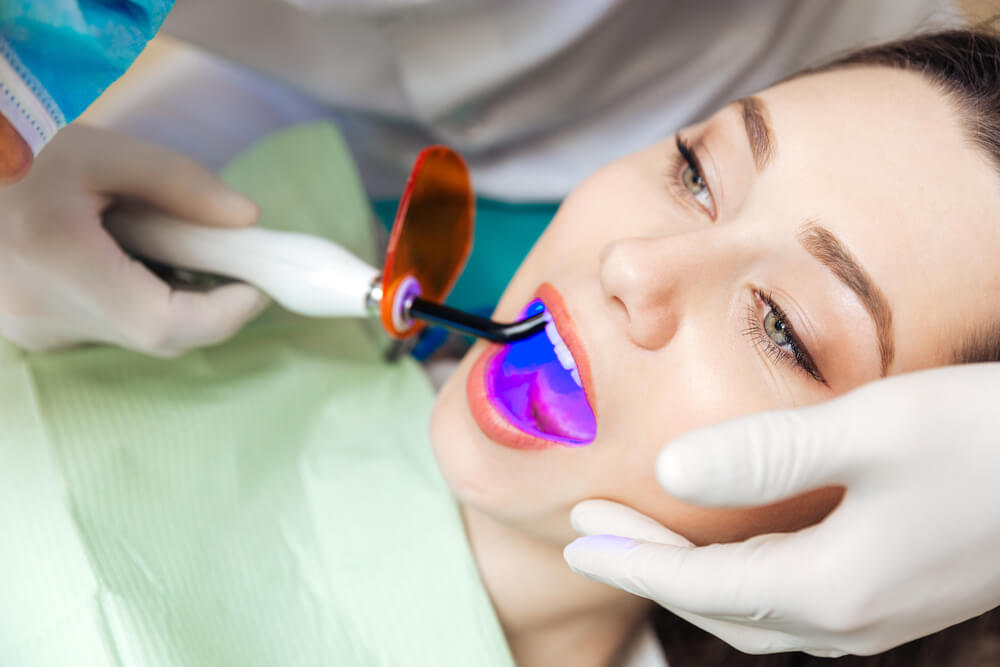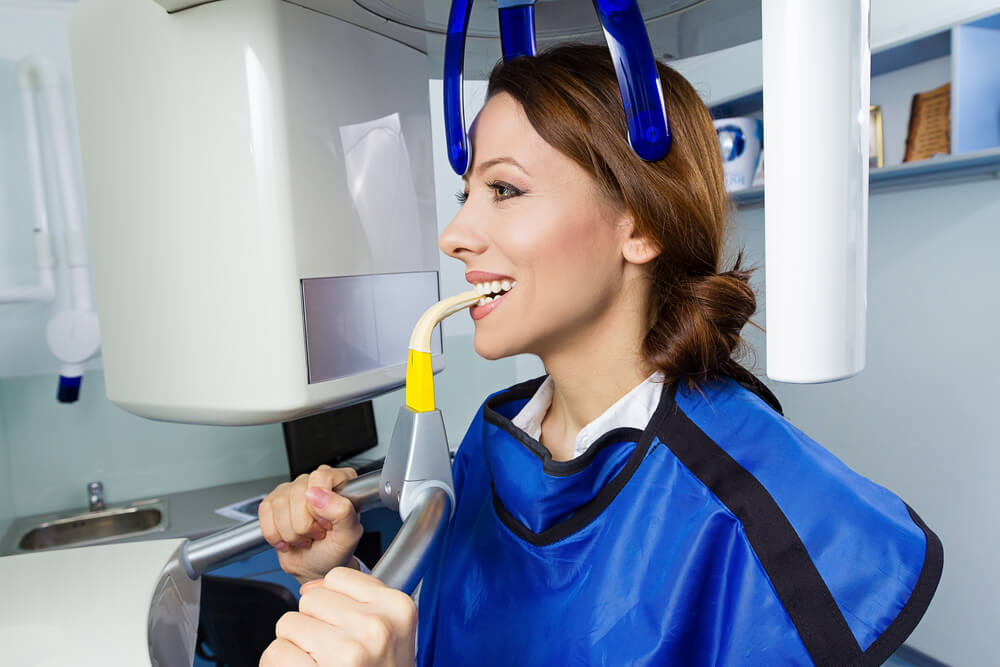Tooth Extractions – What You Need To Know
Tooth Extractions is performed by a dentist or oral surgeon and is a relatively quick outpatient procedure with either local, general, intravenous anesthesia, or a combination. Removing visible teeth is a simple extraction. Teeth that are broken, below the surface, or impacted require a more involved procedure.

Depending on the complexity of your issue and the extent of any damage to your tooth, you may need to find an oral surgeon to perform the extraction. Unless you have special circumstances associated with your tooth extractions, this is usually a straightforward process that takes very little time.
Your dentist will give you a local anesthetic to numb the area. The tooth is rocked back and forth and then rotated in its socket for extraction. In some cases, your dentist may need to break the tooth to make removal easier. A small piece of gauze is placed on the area which you will need to bite down on to cause pressure after the procedure.

After the procedure, your dentist may prescribe pain medication or you may just be advised to take over-the-counter medications and apply ice to the area if you experience swelling. You may gently rinse your mouth with water but should avoid brushing around the extraction site. Avoid smoking and drinking through a straw for at least 24 hours. Your dentist will also advise you about foods and activity levels that are allowed.
If you notice any unusual bleeding, swelling, or pain during your recovery you should contact your dentist immediately for further advice. Your dentist may set a follow-up appointment to check on your recovery and determine the next step. Your individual situation may call for a dental implant, bridges, or dentures to fill the space that has been created by removing the tooth.
Dental-Consultants.Com is your go-to source for dental information and dental education. If you need to have a tooth extracted, use our dental profiles to help find an oral surgeon who can help because Dental-Consultants.Com is “where patients and dentists meet.”
